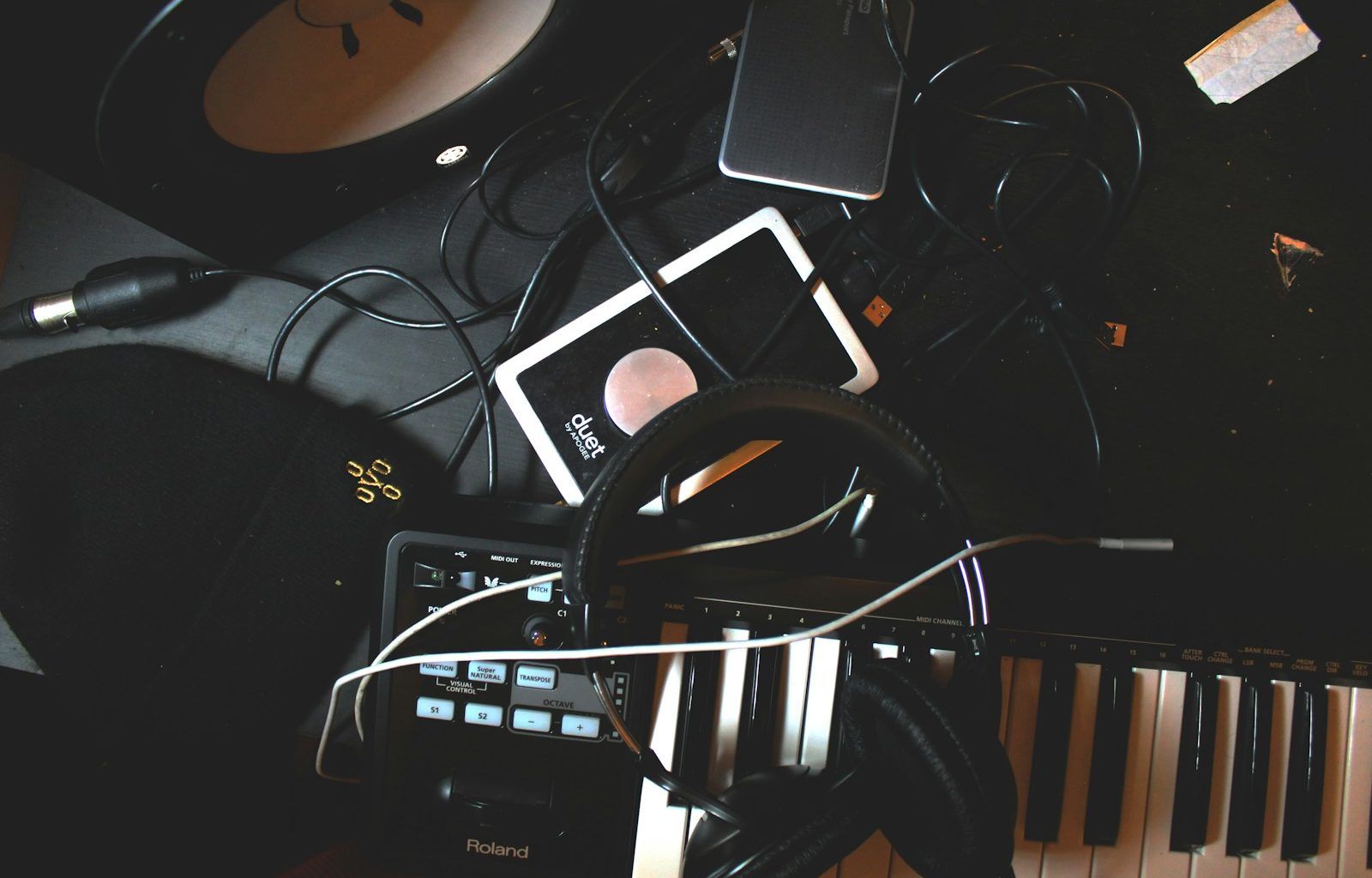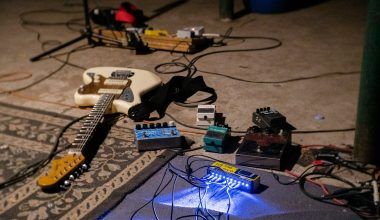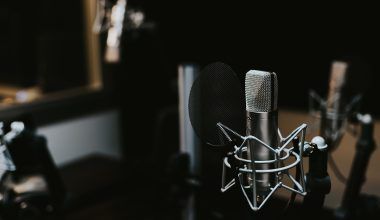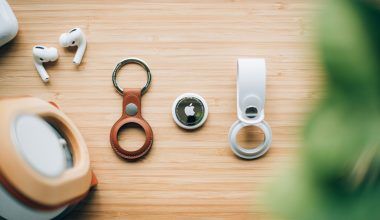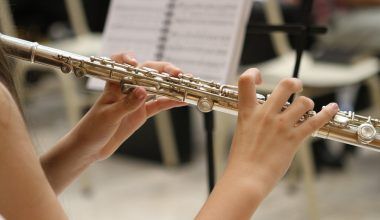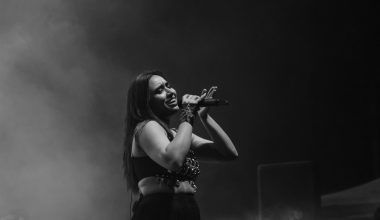Setting up a music studio is an exciting journey, whether you’re an aspiring artist, producer, or audio engineer. The right equipment for a music studio is essential to bring your musical ideas to life. If you’re just starting out, figuring out what you need might feel overwhelming, but don’t worry—this guide will break it all down in simple terms.
What Makes a Music Studio Work?
A music studio isn’t just about fancy gadgets and impressive setups. It’s about having the right tools to create and refine sound. Whether you’re setting up a home studio or a professional space, certain pieces of equipment are non-negotiable. Let’s dive into what you need and why it matters.
The Heart of Every Studio: Audio Interfaces
An audio interface is the bridge between your instruments and your computer. It converts analog signals from microphones or instruments into digital signals that your computer can process. If you’re new to music production, look for one with at least two inputs and outputs. Brands like Focusrite and PreSonus are great places to start.
A Reliable Computer Is Key
Your computer is the backbone of your studio. Whether you prefer a Mac or a PC, make sure it’s powerful enough to handle your Digital Audio Workstation (DAW) and plugins. A minimum of 16GB RAM and a fast processor will help you avoid frustrating lags while working on your projects.
Digital Audio Workstations (DAWs)
A DAW is the software where all your music magic happens. Popular options include Logic Pro, Ableton Live, and FL Studio. Each has its unique features, so pick one that aligns with your workflow and goals. Spend some time exploring the interface to make the most out of your software.
Don’t Forget Studio Monitors
Studio monitors are specialized speakers that provide accurate sound reproduction. Unlike regular speakers, they don’t color the sound, which helps you make better mixing decisions. Brands like KRK, Yamaha, and JBL offer reliable options for different budgets.
Headphones for Precision Listening
Good headphones are just as crucial as studio monitors. Closed-back headphones are ideal for recording because they prevent sound bleed, while open-back headphones are perfect for mixing and mastering. Consider models like the Audio-Technica ATH-M50x or the Beyerdynamic DT 990 Pro.
Microphones for Every Voice and Instrument
Microphones are one of the most exciting purchases for any music studio. If you’re on a budget, start with a versatile condenser microphone like the Audio-Technica AT2020. For recording vocals, a pop filter is a must to eliminate unwanted plosive sounds.
MIDI Controllers for Versatility
A MIDI controller, like a keyboard or pad controller, helps you create music more intuitively. It allows you to play virtual instruments in your DAW. Brands like Akai and Novation offer compact and user-friendly options that are great for beginners.
Essential Cables and Accessories
Don’t overlook the importance of quality cables. Balanced XLR cables for microphones and TRS cables for monitors will ensure clean sound without interference. Also, invest in a sturdy mic stand and a shock mount for better recordings.
Acoustic Treatment for Better Sound
No matter how amazing your gear is, poor room acoustics can ruin your sound. Acoustic panels, bass traps, and diffusers help control reflections and improve your recordings. Start with treating the corners of your room and the first reflection points.
Storage and Organization
With so much equipment, keeping your studio organized is essential. Use cable organizers, racks, and storage bins to keep everything tidy. A clutter-free workspace boosts creativity and productivity.
Backup Solutions
Losing your hard work can be devastating. Always back up your projects to an external hard drive or a cloud service. Regular backups ensure your music is safe no matter what happens.
Expand Your Studio Over Time
You don’t need to buy everything at once. Start with the essentials and expand as your skills and budget grow. Adding items like synthesizers, drum machines, or additional microphones can elevate your music studio over time.
Learn and Experiment
The best way to master your studio is to experiment with your equipment. Watch tutorials, take online courses, and don’t be afraid to make mistakes. The more you explore, the more confident you’ll become in your creative process.
Final Thoughts
Building a music studio is about more than just the equipment for a music studio. It’s about creating a space where inspiration flows and creativity thrives. By starting with the essentials and gradually upgrading, you can build a studio that meets your needs and fuels your passion for music.
With the right equipment for a music studio, you’ll be well on your way to turning your musical dreams into reality. Happy recording!
For further reading, explore these related articles:
- The Story of Kesha: A Journey of Music, Strength, and Inspiration
- Exploring the World’s Smallest Speaker: Tiny but Powerful!
For additional resources on music marketing and distribution, visit Deliver My Tune.
